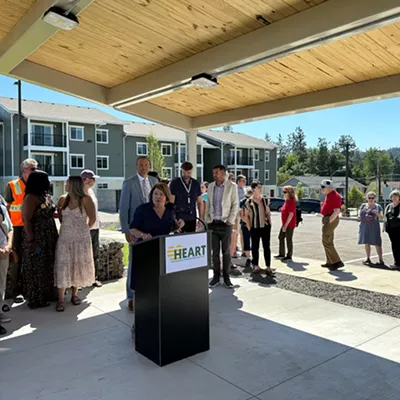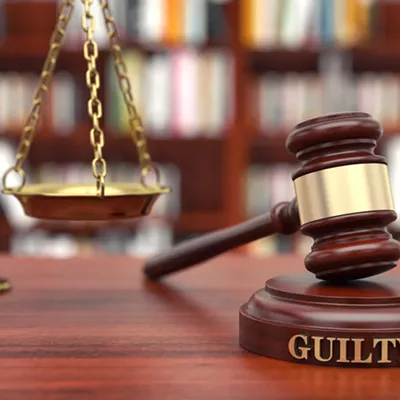& & Shared trails? & & & &
BOZEMAN, Mont. -- The Bureau of Land Management (BLM), which manages 264 million acres across the nation, has released its Draft National Off-Highway Vehicle Strategy, and at the same time opened a public commentary period through Jan. 3.
This draft strategy is now being criticized by some conservation groups for being too lenient on off-road vehicle (ORV) users.
"The BLM's strategy acknowledges that the increase in ORV use has outpaced its management capabilities," says Shawn Regnerus of the Predator Conservation Alliance (PCA) in Bozeman, "but it fails to put any limits on ORV use. This strategy is not an effort to limit the damage done by ORVs."
Currently, 99 percent of BLM land is open to ORV-use, and conservationists say wildlife habitat is destroyed by the noise and other damage done by motorcycles, four-wheelers and cars.
But the BLM maintains in its draft strategy that ORV and off-highway vehicle use is a legitimate activity on public lands, and that the Bureau must take into consideration the interests of the ORV users. The draft strategy seeks to streamline signs and maps in ORV areas, as well as to implement the same rules for ORVs on all BLM land.
Conservation groups still hope the public will back their demands for restrictions. "The only solution is for the BLM to limit ORVs to designated routes," says Regnerus. "That would ensure that wildlife and wildlife habitat and traditional non-motorized trail users are not harmed by ORVs."
& & & lt;i & The Draft National Off-Highway Vehicle Strategy can be viewed at www.blm.gov. & lt;/i & & lt;/center &
& & Better air & & & &
SPOKANE -- The Environmental Protection Agency (EPA) has been watching air quality in Spokane very closely since the city was put on a non-attainment list nearly four years ago because of carbon monoxide (CO) violations. The CO mostly stems from car exhaust, but high levels of particulate matter such as dust and smoke from wood stoves have also been a problem.
"We are so close to meeting the EPA standard by now that we are just crossing our fingers and hoping we'll have no more violations before the end of the year," says Ron Edgar, chief of technical services at the Spokane County Air Control Authority (SCAPCA). "We had to stay clean for three years with the particulate matter and clean for two years with CO, and we're almost there."
But almost being there is not enough. Just a few days after launching this winter's AirWatch campaign, SCAPCA issued a CO watch and limited the use of wood stoves to only EPA approved models.
"Fortunately, pollution levels didn't get as bad as we feared," says Edgar. "This was just a 'watch,' saying people need to be careful and limit their driving and the wood stove use. AirWatch is going into its fourth year, but we've never had to call an 'alert.' "
During an alert, motorists would be urged to use public transportation because carbon monoxide levels are reaching an unhealthy level. More commuters should still use public transportation or carpool, says Edgar, and that's why AirWatch is sponsoring a free bus ride day on Wednesday, Dec. 13.














